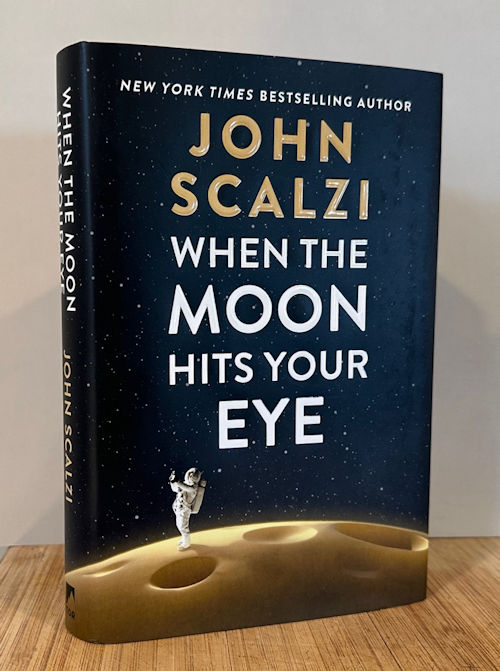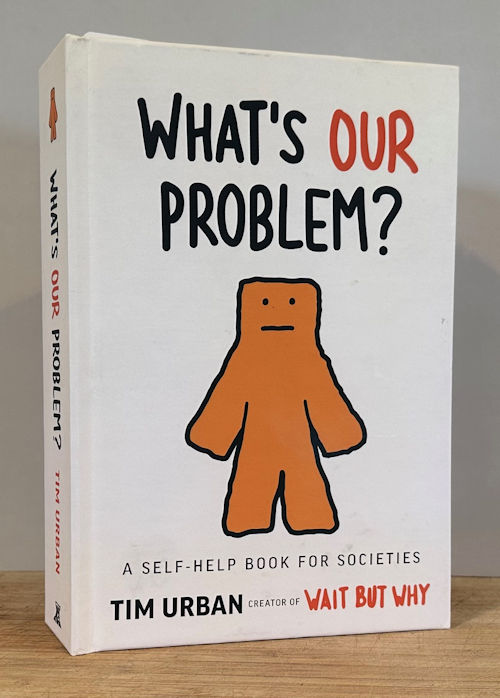- Thomas Edsall on the destructiveness of the Trump presidency;
- As the US discounts investments in the future, China is taking the lead;
- How Trump World clings to conspiracy theories;
- And how Trump folks simply stop enforcing rules they don’t like, misunderstand basic legal principles, and prioritize red “taker” states;
- A remembrance of Desi Arnaz and “I Love Lucy” for an unusual reason.
The simpletons are destroying what they do not understand. The barbarians are at the gates.

NY Times, guest essay by Thomas B. Edsall, 20 May 2025: ‘I Even Believe He Is Destroying the American Presidency’
As usual Esdall quotes and corresponds with numerous others. I’ll cover just the first.
One thing stands out amid all the chaos, corruption and disorder: the wanton destructiveness of the Trump presidency.













